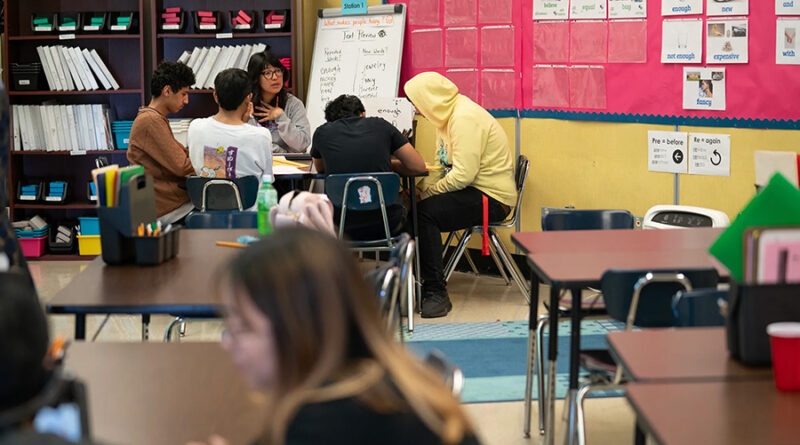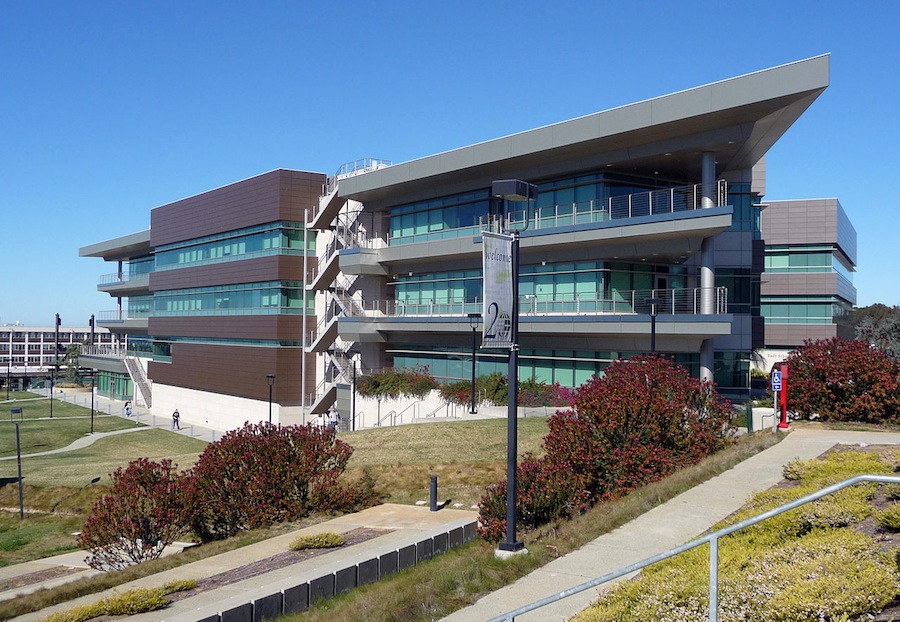Daily Business Report: Tuesday, April 29, 2025
Wide school disparities persist 54 years after California’s landmark funding decision
By Dan Walters | CalMatters
In 1971 California’s Supreme Court issued one of its most important and far-reaching decisions, declaring that the state’s system of financing public schools — primarily via locally levied property taxes — was unconstitutionally unfair.
It ruled that because there were huge disparities in the amount of taxable property per-student, there were also “substantial disparities in expenditures per pupil among school districts,” which “perpetuate substantial disparities in the quality and extent of availability of educational opportunities. For this reason the school financing system before the court fails to provide equality of treatment to all the pupils in the state.”
The decision ignited decades of political debate, particularly in the Legislature, over “equalization” — bringing per pupil spending into rough equity. Four years after that decision Republican legislators even held up passage of the state budget, demanding more school money for their suburban districts, which relied on taxing houses, to offset the greater ability of urban schools to raise money because they could tax commercial and industrial property.
Trump Takes His Biggest Step Yet Toward Restoring Meritocracy
By Heather MacDonald | City Journal
Measured in Trump time, it took them eons to get around to it, but the White House has finally taken the most important step it can to restore meritocracy to American society: eliminating disparate-impact theory from civil rights analysis and enforcement.
Disparate-impact theory holds that if a neutral, colorblind standard of achievement or behavior has a disproportionately negative effect on underrepresented minorities (overwhelmingly, on blacks), it violates civil rights laws. It has been used to invalidate literacy and numeracy standards for police officers and firemen, cognitive skills and basic knowledge tests for teachers, the use of SATs in college admissions, the use of grades for medical licensing exams, credit-based mortgage lending, the ability to discipline insubordinate students, and criminal background checks for employees and renters. It has been used to eliminate prosecution for a large range of crimes, including shoplifting, turnstile jumping, and resisting arrest; to end police tactics such as proactive stops (otherwise known as stop, question, and frisk); and to purge safety technologies like ShotSpotter and speeding cameras from police departments.
In none of those cases has it ever been demonstrated that the disfavored standard was implemented to exclude blacks or other minorities from a position, opportunity, or right. The genius (if a diabolical one) of disparate-impact theory was that it obviated any need to show discriminatory intent on the part of a targeted employer or institution. Discrimination was inferred simply by the effect of the colorblind standard.
CA Public Employees and Unions Whining about Returning to the Office 5 Years Later
By Katy Grimes |California Globe
Five years after his original Covid lockdown order, sending nearly the entire state workforce of “non-essential” workers packing in 2020, California Governor Gavin Newsom issued a “get back to the office” order Monday… but not until July 1, 2025, and only 4 days a week, the Globe reported in early March.
Newsom’s original order also locked down private sector businesses, K-12 schools, and colleges and universities, most of which were already back at work and school by the time he lifted his original lockdown order February 28, 2023 – three years later.
As we opined, “It’s March 3, 2025 and California state workers are still working from home in flannel jammies and slippers… some of who are very clearly still ‘non-essential’.”
Newsom’s executive order requires “all agencies and departments within his Administration to update their hybrid telework policies to a default of at least four days per week by July 1, 2025. The order establishes a four-day-per-week in-office expectation, with further telework flexibilities granted on a case-by-case basis in light of individual circumstances, consistent with the executive order and existing family-friendly employment policies and legal obligations.”




